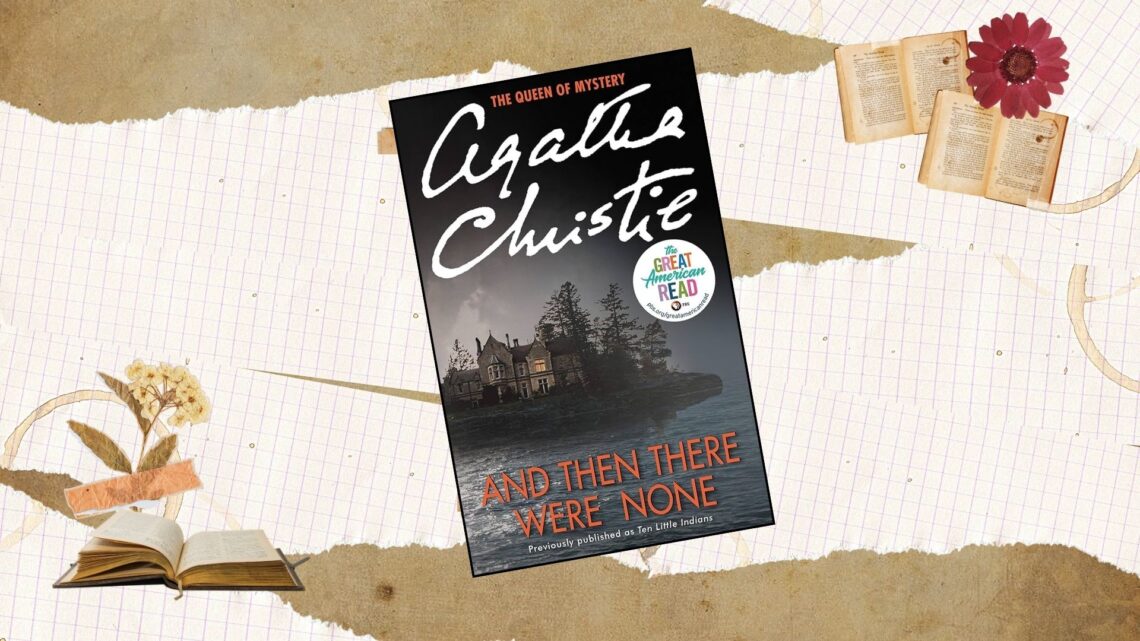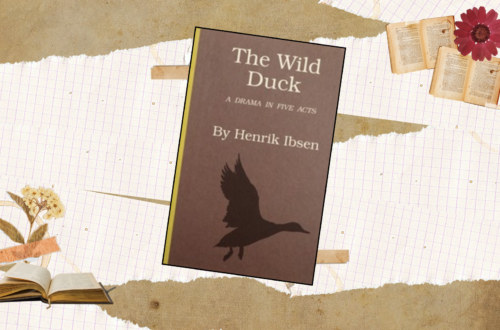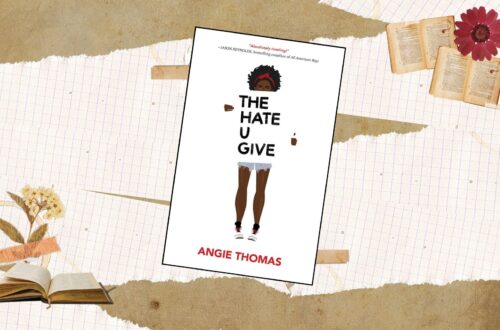When it comes to the realm of murder mystery books, And Then There Were None is the book that is bound to come up every time. Hailed as one of the greatest and most iconic murder mysteries of all time, it continues to stand today as Agatha Christie’s magnum opus.
The basic premise of the book is this: ten people are summoned as house guests to an island owned by a Mr. and Mrs. U.N. Owen. The purpose of the stay is a mystery, until a gramophone plays, accusing each of them of their unpunished crimes, quickly turning the astonishment of the scene into horror. By the end of the night, one of the guests is murdered, followed by another, in correspondence to the nursery rhyme, Ten Little Soldiers.
Agatha Christe has a very stylized sort of writing. If I were to describe it, it felt like an almost soap opera or a play-like style, with scant descriptions and fixed movement. What this allows is a very fast-paced story, scarcely allowing us to stop where we are as the novel wheels on. It’s unpredictable and brilliantly constructed; each turn is a cause for chills and unease.
There is very little given away throughout the book, but the gem of this book comes from the fact that what is initially passed over can be recognized as blaring signs of the murder mystery key when reading the second time over. There is so much more than the superficial first glance in this novel. It keeps you on edge.
This book isn’t merely a murder mystery, either. Part of the unease stems from the psychological aspect of crime and its accountabilities, with compelling portraits of the psychopathic, the self-righteous, and the rationalizing types.
Agatha Christe’s And Then There Were None is a highly engaging and pitch-black murder mystery. While it seems to be simply put together, this novel is infused with clever psychological depth that makes it a worthy reread.
~5 stars.





